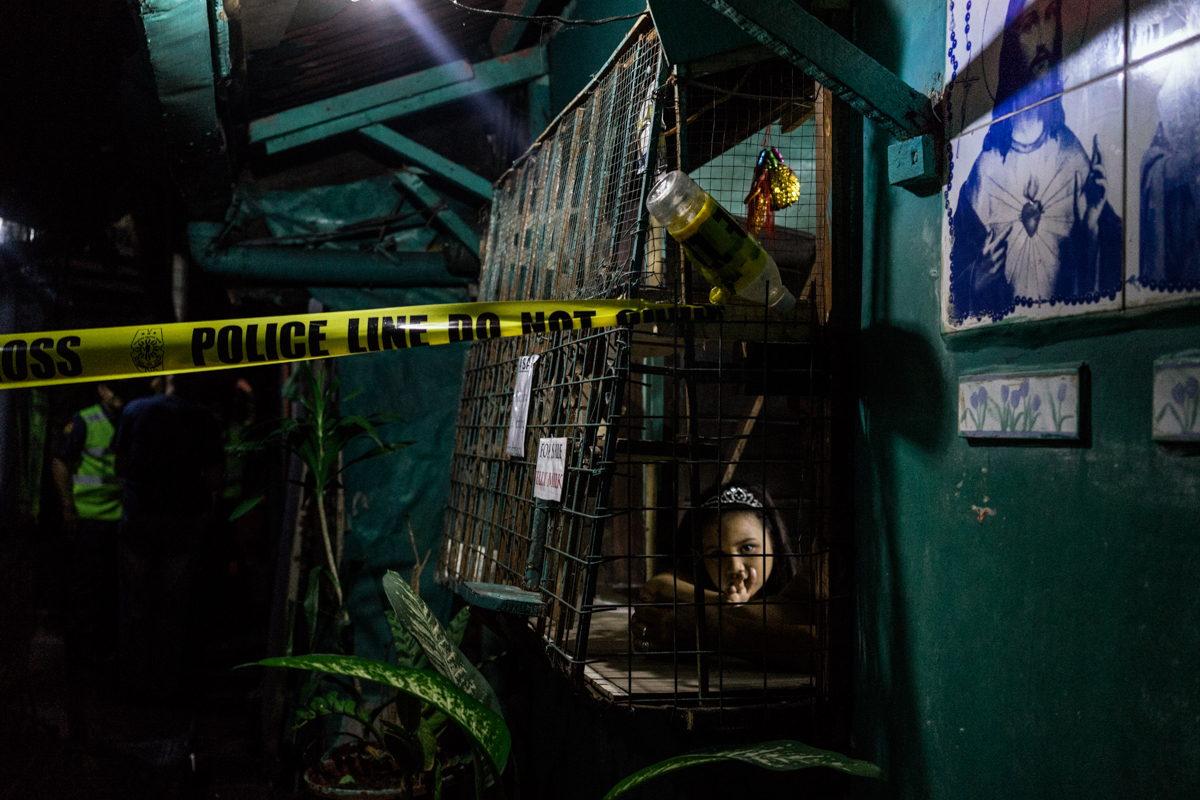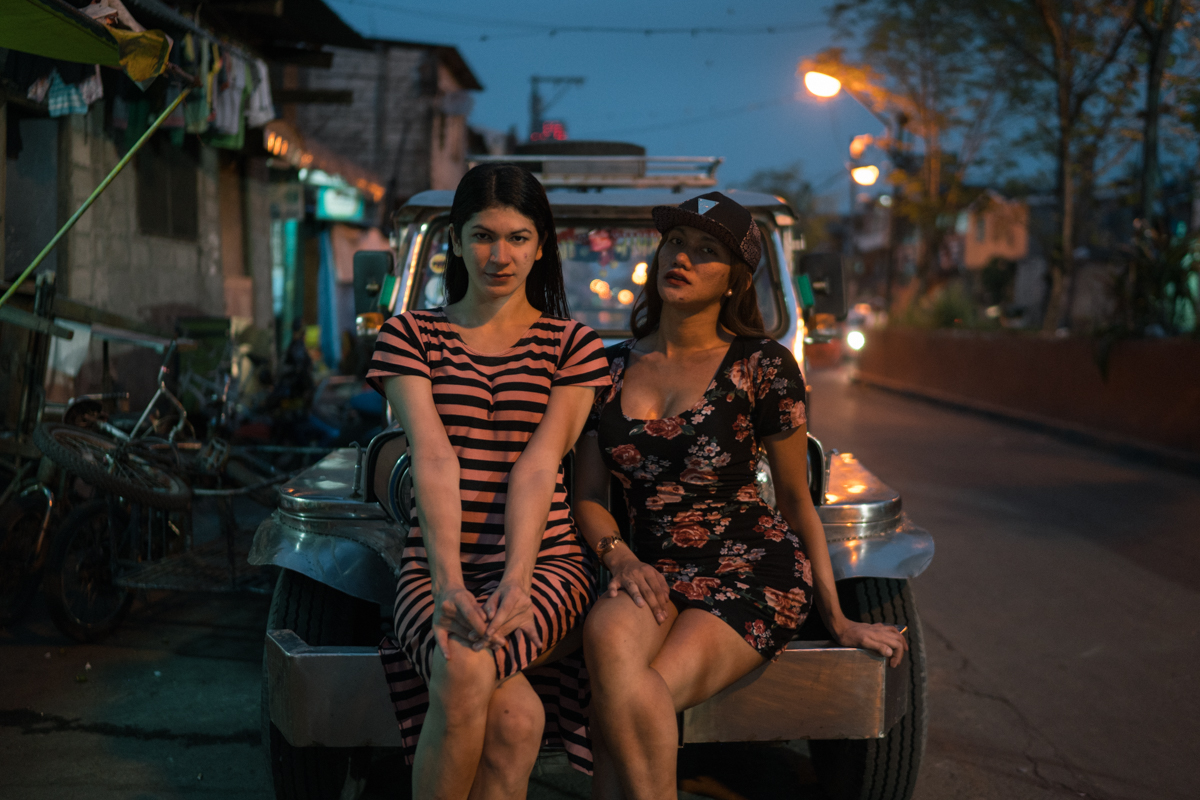“The inferno of the living is not something that will be; if there is one, it is what is already here, the inferno where we live every day, that we form by being together. There are two ways to escape suffering it. The first is easy for many: accept the inferno and become such a part of it that you can no longer see it. The second is risky and demands constant vigilance and apprehension: seek and learn to recognize who and what, in the midst of inferno, are not inferno, then make them endure, give them space.”
― Italo Calvino, Invisible Cities
Manila's shanty towns are not underground, but they may as well be.
In the past, walls were erected to hide them. But these sprawling towns are home to millions of Filipinos, and they are one of the densest places on earth. Today it is the backdrop of Philippine President Rodrigo Duterte's War on Drugs, which according to the emergencies director of Human Rights Watch, 'could more aptly be described as crimes against humanity targeting the urban poor.' Thousands and thousands have died since he took office.
As I covered crime scenes I became much more curious about the residents gathering to witness the deaths, and who would retreat back into their homes. As one crosses over to this part of the city, the rules change. The regard for human rights and rule of law vanishes.
But in here, life goes on amid the violence it bears witness to.
PUBLISHED:
https://www.slate.fr/grand-format/vie-manille-159586/
https://www.courrierinternational.com/diaporama/portfolio-manille-coeur-et-sang (Print)




















